Unlocking Data-Driven Reliability for the Water and Wastewater Industry
We help you use data to identify problems before they happen.
Use Data to Drive Reliability for Less
Water is one of the world’s most necessary commodities. Unlike other industries, you do not have the ability to shut down operations to maintain assets. You face the challenge of ensuring uninterrupted operation while complying with stringent federal and state regulations and managing the costs of aging infrastructure within constrained budgets. Moreover, the rising demand for water treatment services further strains these critical infrastructure systems. We provide you with the confidence in your plans to ensure you are maintaining your facility optimally for uninterrupted operation.
Aging Infrastructure
Much of the water and wastewater infrastructure in many regions is aging. These systems were built decades ago and are often vulnerable to leaks, breaks, and failures, which can lead to service disruptions, water loss, and increased maintenance costs. A data-driven strategy optimizes resources, minimizes downtime, and extends the lifespan of critical assets.
Regulatory Requirements
The water and wastewater industry is subject to stringent regulatory requirements related to water quality, environmental protection, and public health. A data-driven approach enables proactive measures to prevent incidents and ensure adherence to regulatory requirements.
Increased Demand
As urban areas expand, the demand for clean water increases, straining existing resources and infrastructure. Meeting the increased demand while maintaining the quality and reliability of services is a major challenge. A data-driven approach ensures water and wastewater services keep pace with urban development, supporting sustainable growth while maintaining reliability and quality.
We Help Industrial Leaders Navigate Reliability Digital Transformation
$20MM+
Invested in R&D and Ventures, focused on industrial reliability and data science
2MM+
Assets implemented and analyzed for reliability and integrity programs
500+
Employees dedicated to improving reliability, with 50% embedded in customer sites
20+
Reliability software packages implemented to enable data-driven decisions
Reliability as a Solution
Our fixed price service plus software solution focused on delivering to a quantified result. Back your reliability team with decades of experience.
- Improve reliability uptime by connecting data in single model.
- Dynamically prioritize maintenance and inspection activities.
- Transform culture through standardized processes and training.
$15.5M+
Increased annual revenue
6 Month
Timeline to improvement
Creating a Reliability Culture
Whether you’re in an operations, maintenance, or support function, every role has an impact on your facility. We help create a common, data-driven, framework of reliability that keeps you and your team on the same page.
Our aim is to assist you in prioritizing your time by pinpointing the assets that demand your distinct attention and suggesting the right techniques to employ to address the failure modes of concern.
Our objective is to provide you with a comprehensive overview of your facility’s performance in one glance. This is vital for making informed reliability decisions and mitigating unexpected shutdowns.
Our approach involves creating visible reporting views for all your facilities and collaborating to establish sustainable and scalable reliability work practices. Helping to prioritize resource allocation and minimize unplanned shutdowns, while boosting production.

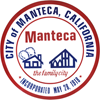

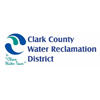
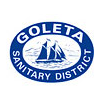
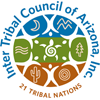
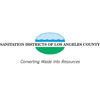
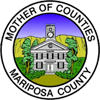
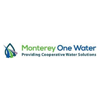


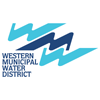
The Economics of Reliability – US Water & Wastewater
As the world continues to recover from one of the worst economic downturns in history, more than 85% of the world’s industries are still experiencing difficult markets. With one third of the world’s economy directly affected by the reliability of operations, reliability can make the difference between being an industry leader and laggard. Throughout this report, we analyze operational and financial data from 40 large municipal water and wastewater operators and identify the key trends that are driving reliability in this crucial industry.
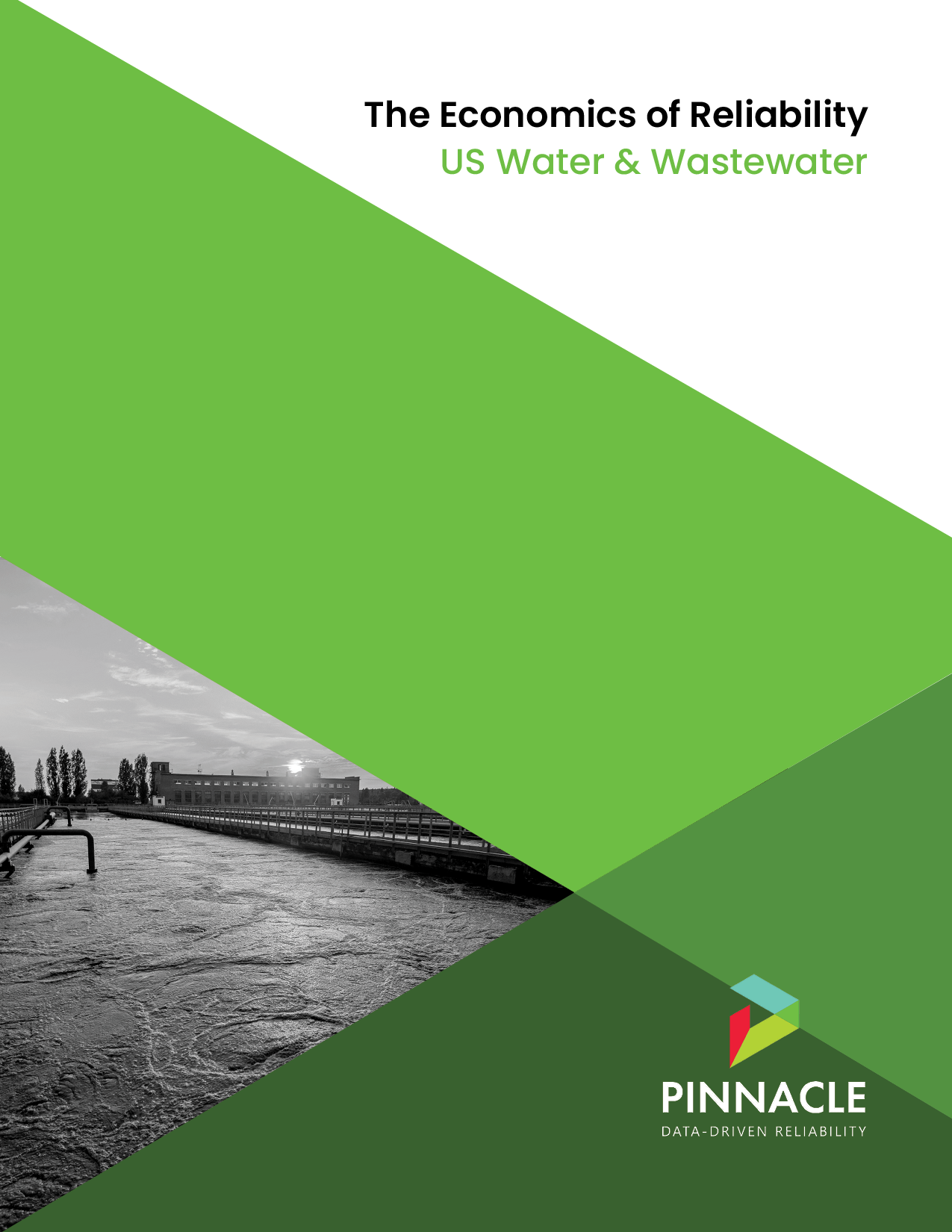
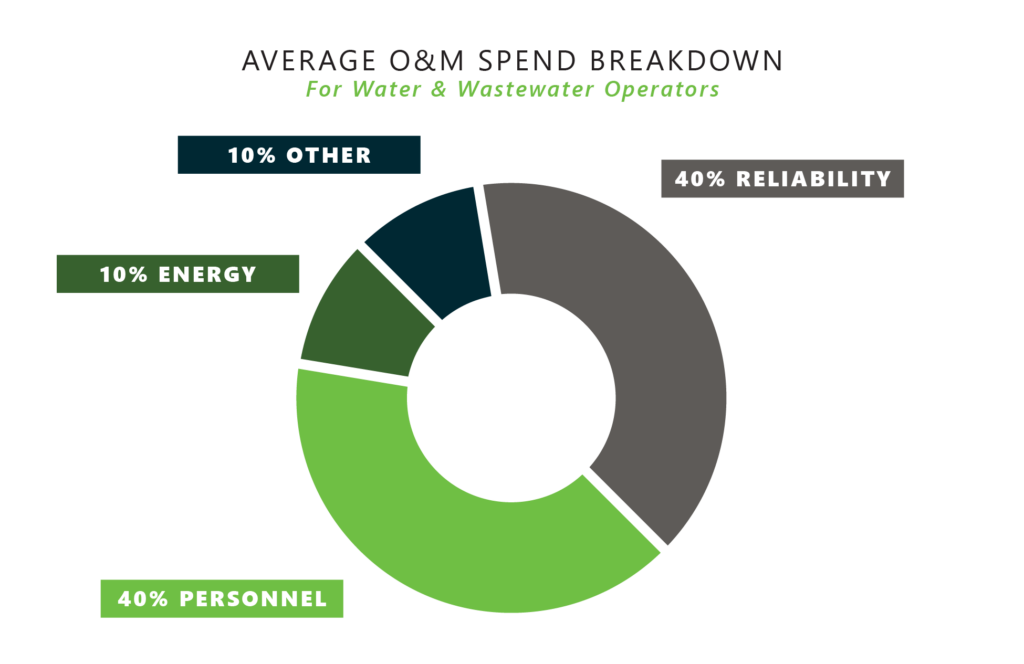
40%
On average, 40% of an operator’s O&M expenses are allocated to reliability-related activities.
Data Talks. Newton™ Listens.
The suite answering “What happens if this compressor blows?” or “Can I push this inspection?”. Single asset strategies are dated. It is time to take a system view of your availability, cumulative costs, and risk exposure for increased facility performance like you’ve never experienced.